Comic Book Hero-comic book character generator
AI-powered comic creation tool.
Design a powerful hero
Create a villain based on dark magic
Generate an old school comic book poster
Create a hero with the ability to...
Related Tools
Load More
Comic Crafter
Creates original comics with plots and dialogues , with a touch of Marvel and DC! Supports text prompts and can also convert your doodles into comics!
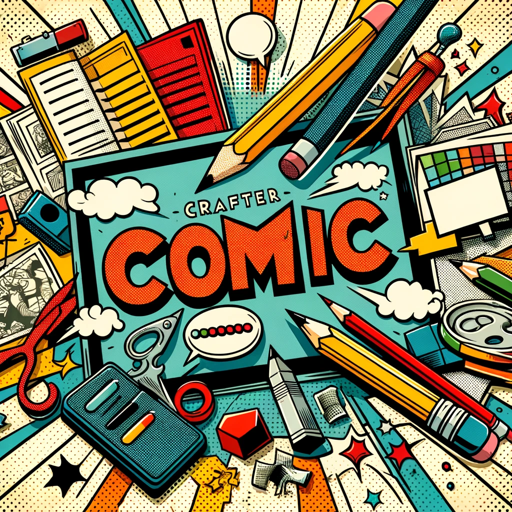
Comic Crafter
Transforms your ideas into comics
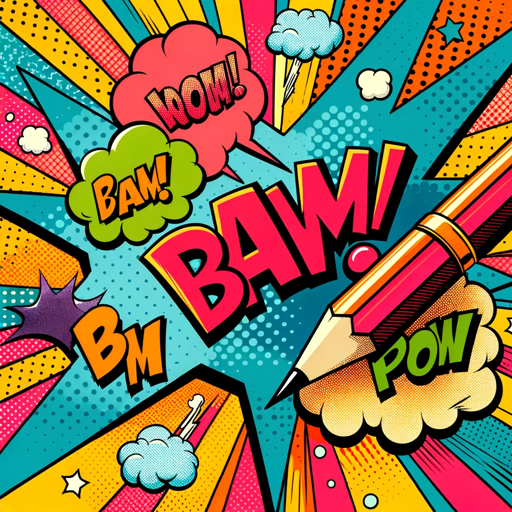
Comics Creator
I'm a comic book creator, here to inspire and guide your comic book ideas!

Comic Book Image Creator
Comic Book Image Creator
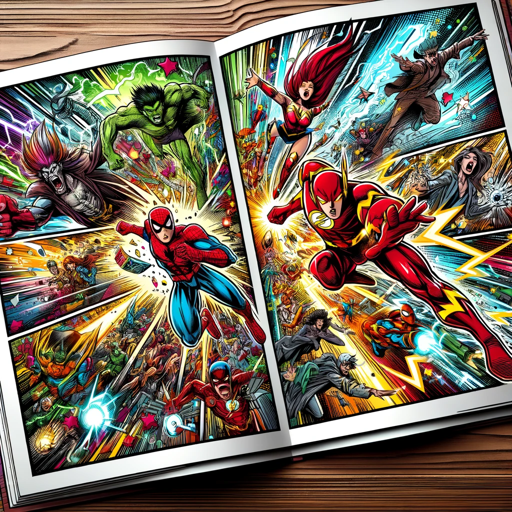
Comic Books GPT
A comics encyclopedia, answering all about superheroes, storylines, and more.

Comic Book Creator Dale Illustrata
Covers, sequentials, and storys. GO!
20.0 / 5 (200 votes)
Detailed Introduction to Comic Book Hero
Comic Book Hero is a specialized AI designed to assist in the creation and development of comic book characters and scenarios, specifically drawing inspiration from the classic comic book styles of the late 1970s to early 1980s. It operates primarily by generating unique character profiles, vivid imagery, and story outlines based on user inputs. Its design purpose is to emulate the dynamic poses, bold colors, and storytelling elements of this era in comic book history, offering users a blend of retro aesthetics with the flexibility of modern AI tools. One of its key functions is generating detailed character designs, integrating both the visual and narrative aspects typical of Golden and Bronze Age comics. For example, a user might request a heroic character with a science fiction twist. Comic Book Hero would provide a detailed character sketch, including their backstory, personality, powers, and a visual design adhering to the bold, colorful, and dynamic aesthetic of the 70s-80s comic era. In another scenario, a user might ask for help developing a villain with a tragic backstory. The system would create a well-rounded, sympathetic antagonist, blending storytelling depth with the striking visual style of classic comics.

Main Functions of Comic Book Hero
Character Design and Development
Example
Creating a superhero with a background rooted in ancient mythology, with powers derived from lost relics.
Scenario
A comic book creator may need assistance designing a new character who embodies strength and wisdom, while retaining a visual style reminiscent of Golden Age heroes. Comic Book Hero can generate a character profile, including costume design, color schemes, and a narrative background, all aligned with the 1970s aesthetic.
Storyline Creation and Enhancement
Example
Developing a storyline where a group of heroes must defend Earth from an alien invasion.
Scenario
A writer may want help expanding a basic plot idea. Comic Book Hero can take a rough plot and transform it into a rich narrative, complete with subplots, character arcs, and dynamic conflict resolutions, inspired by the serialized, action-driven storytelling of classic comic books.
Visual Scene Generation
Example
Depicting a dynamic battle scene between a hero and their nemesis in a cityscape, with bold, exaggerated movement and perspective.
Scenario
An illustrator may need assistance visualizing a key moment in their comic, such as a climactic fight. Comic Book Hero can suggest poses, action sequences, and visual motifs that reflect the dramatic, high-energy style of 70s and 80s comics, enhancing the impact of the scene.
Ideal Users of Comic Book Hero
Independent Comic Creators
These users are often looking for creative ways to design unique characters and storylines on a limited budget. Comic Book Hero helps them by generating fully fleshed-out character profiles and plot ideas, offering them a solid foundation to build their comics upon. Independent creators benefit from the tool’s ability to maintain artistic consistency, especially when they lack access to large creative teams.
Comic Book Writers and Illustrators
Writers and illustrators who need inspiration or support in developing engaging narratives or visually striking scenes would find Comic Book Hero invaluable. It assists by generating dynamic visuals and rich story ideas that are true to the era-specific comic styles they might want to emulate. They can rely on the tool to brainstorm new concepts and ensure that their designs stay authentic to the style and feel of vintage comics.

Guidelines for Using Comic Book Hero
Visit aichatonline.org for a free trial without login, no need for ChatGPT Plus.
Access the Comic Book Hero platform freely without requiring any account or premium membership. This gives you a straightforward and quick way to start using the tool.
Define your comic book concept or character.
Identify what type of comic character or scene you want to create. You can focus on character designs, poses, or specific moments in classic comic book styles from the 1970s to 1980s.
Input detailed prompts for character creation.
When using the tool, provide comprehensive descriptions such as character traits, costume details, powers, and any important narrative elements that influence their visual representation.
Experiment with dynamic poses and vivid expressions.
Leverage the tool’s strength in capturing Golden Age-style comic book poses. Focus on action-driven, expressive poses that add energy and dynamism to your creations.
Refine and iterate based on output.
Review generated characters and make adjustments by modifying the prompt. You can refine appearance, colors, and style until it matches your vision.
Try other advanced and practical GPTs
Nutri-Trax Performance Nutrition
AI-powered nutrition for peak performance.

Presentation Maker GPT
AI-driven presentations, tailored and ready.

Realismo Animado: De Dibujo a Realidad **Update**
Turn animated drawings into real life with AI.

AI 세무 비서
AI-powered tax assistant for individuals and businesses.

진리
AI-powered spiritual and Bible guidance

Pencil Sketch Drawings
AI-powered pencil sketches from text

Rejtő Jenő Regény Ismerő
AI-powered insights on Rejtő Jenő novels.
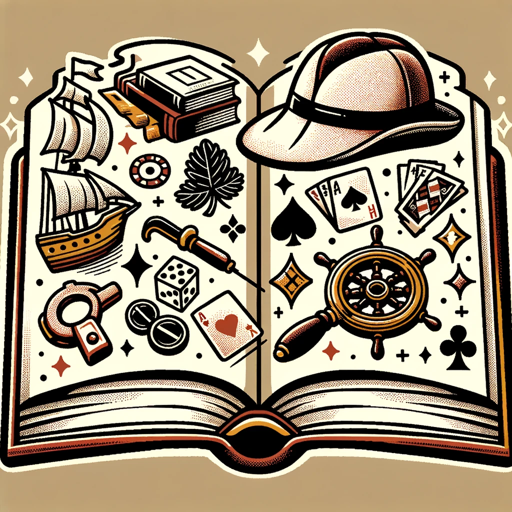
Research Maven
AI-powered research assistant for academics

Pixsar Me
Transform your photos with AI-powered Pixar magic
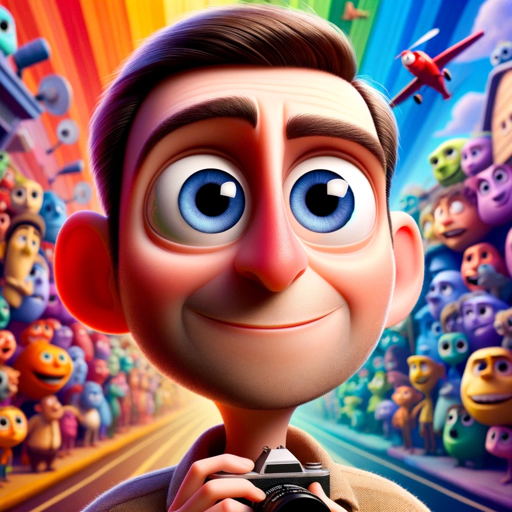
Image Caption Generator
AI-powered captions for your images

KingLand : Digital Lab ∞ Élite Numérique IA France
AI-Powered Solutions for Digital Excellence.
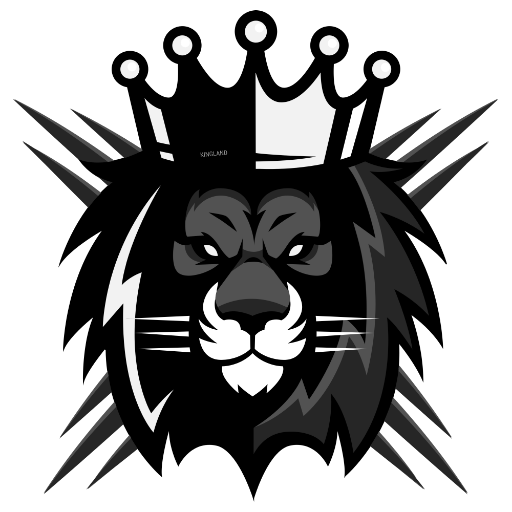
Alpine.jsGPT
Your AI-powered guide to mastering Alpine.js

- Storytelling
- Graphic Design
- Concept Art
- Character Creation
- Fan Fiction
Frequently Asked Questions about Comic Book Hero
What kind of comic book styles does Comic Book Hero support?
Comic Book Hero specializes in emulating the styles from the Golden Age of comics, particularly between the late 1970s and early 1980s. It focuses on vivid colors, dynamic poses, and expressive faces typical of this period.
Can I create my own superhero or villain?
Yes, you can fully customize characters including superheroes, villains, or any other archetypes. You can specify their costumes, powers, personality, and backstory to fit your vision.
What are some common use cases for Comic Book Hero?
Comic Book Hero can be used for character design, comic book illustration, concept art for storytelling, and visual storytelling for tabletop RPGs or fan fiction. It is also popular for designing unique avatars and promotional comic art.
Do I need any artistic skills to use Comic Book Hero?
No, Comic Book Hero is designed to generate high-quality comic visuals based solely on the descriptions you provide. You do not need prior drawing or illustration skills to create professional-level art.
How detailed should my character description be?
The more detailed your description, the more accurate the output will be. Including specifics like costume design, character pose, personality traits, and color preferences will result in better character designs.